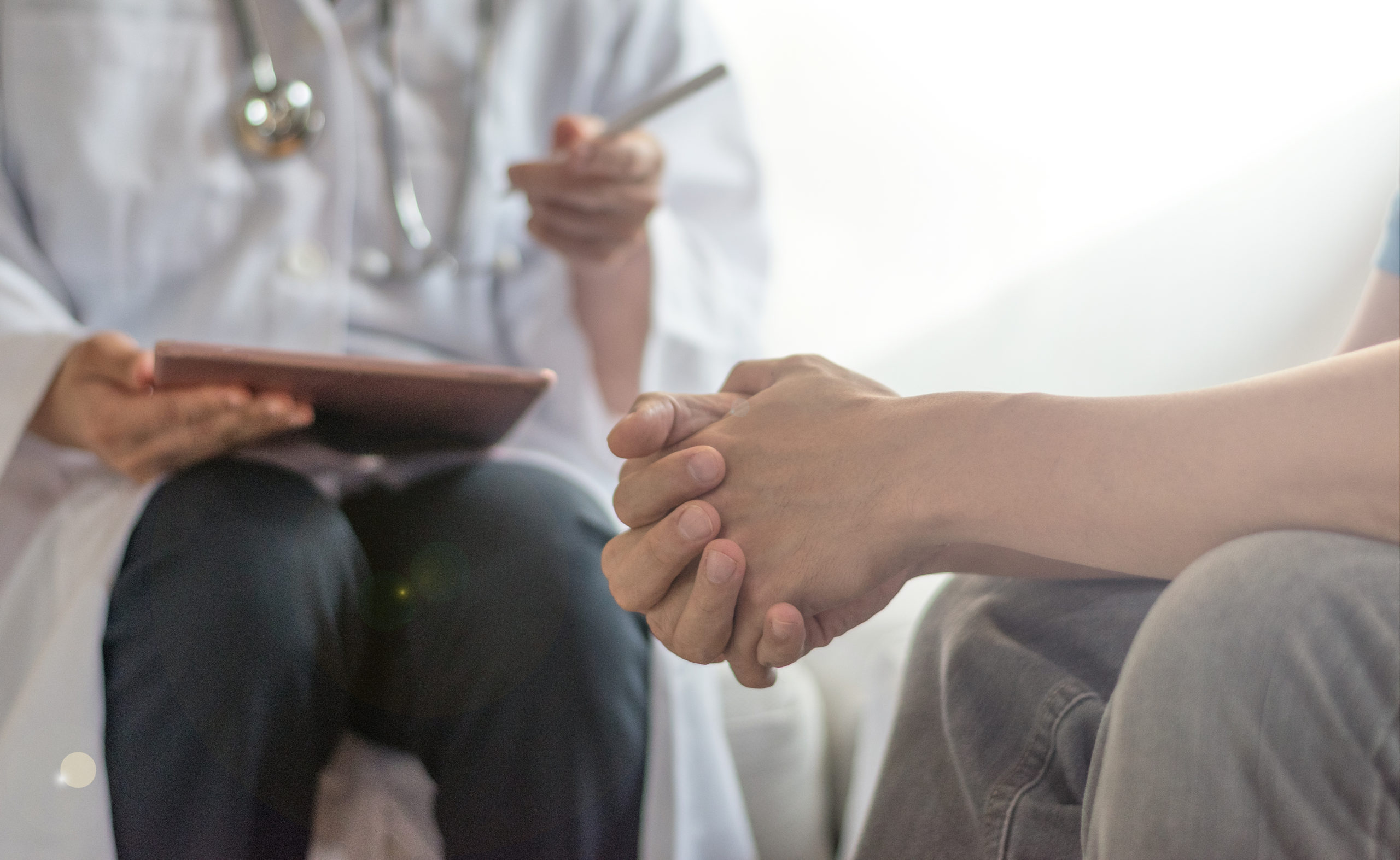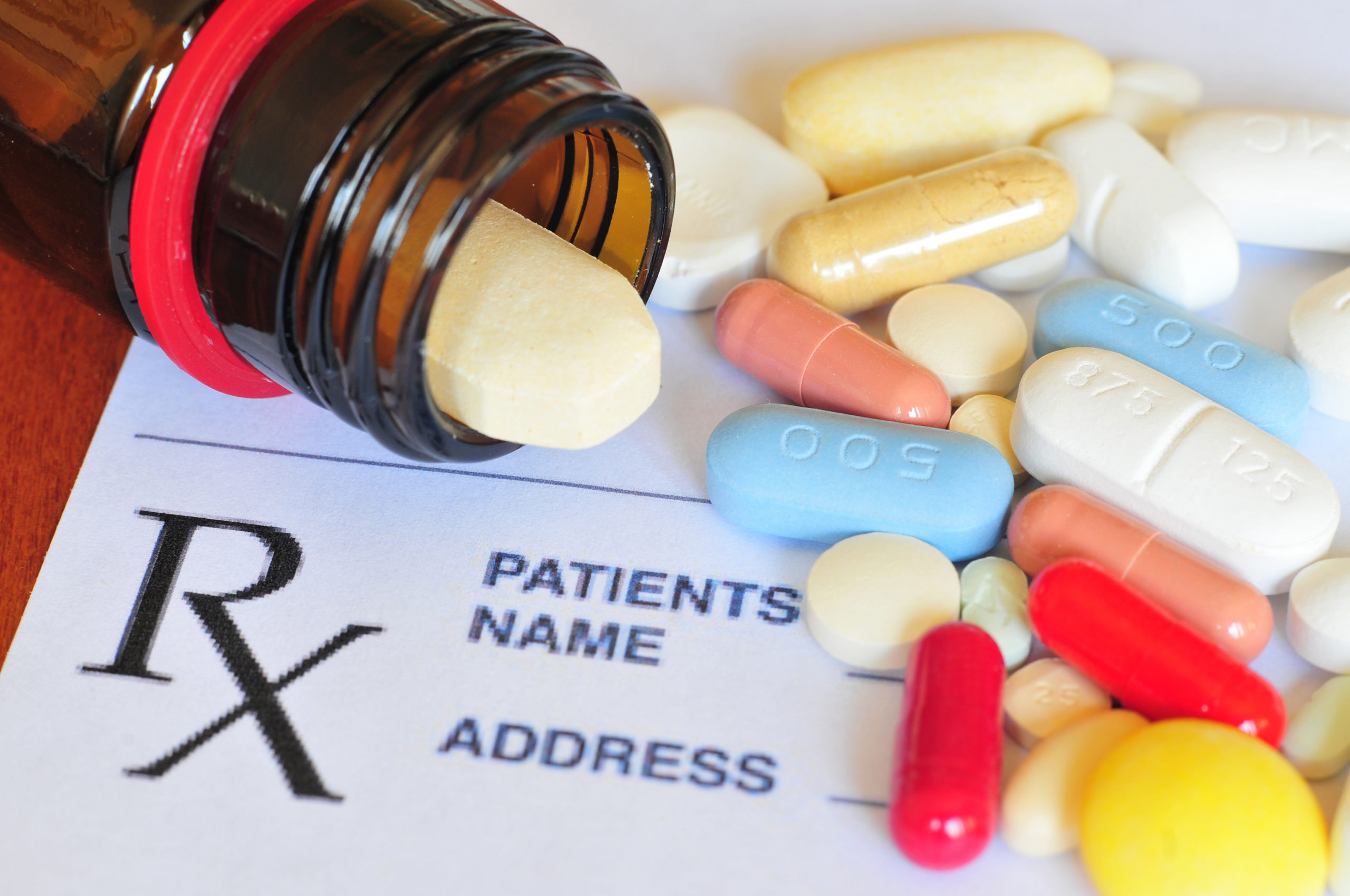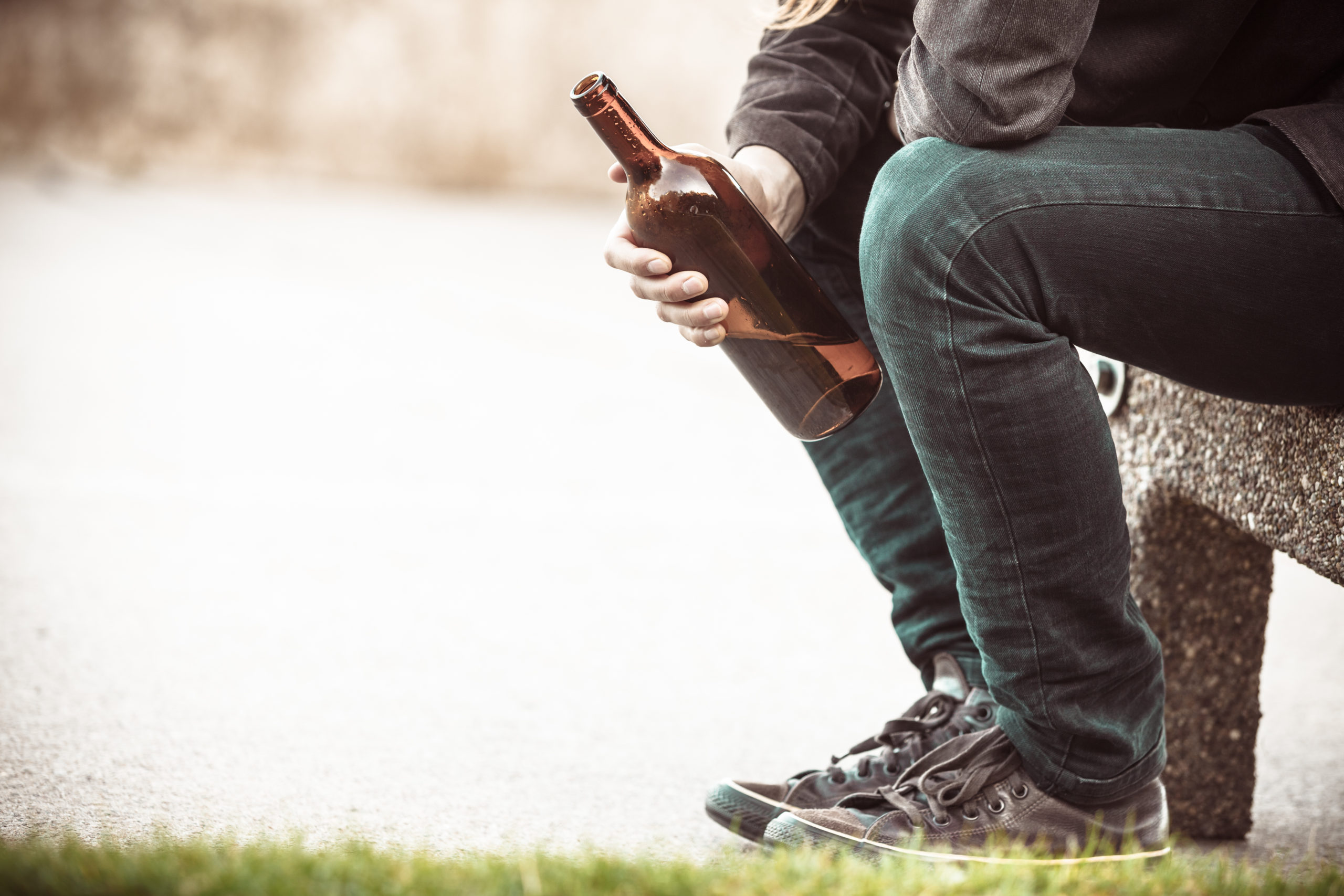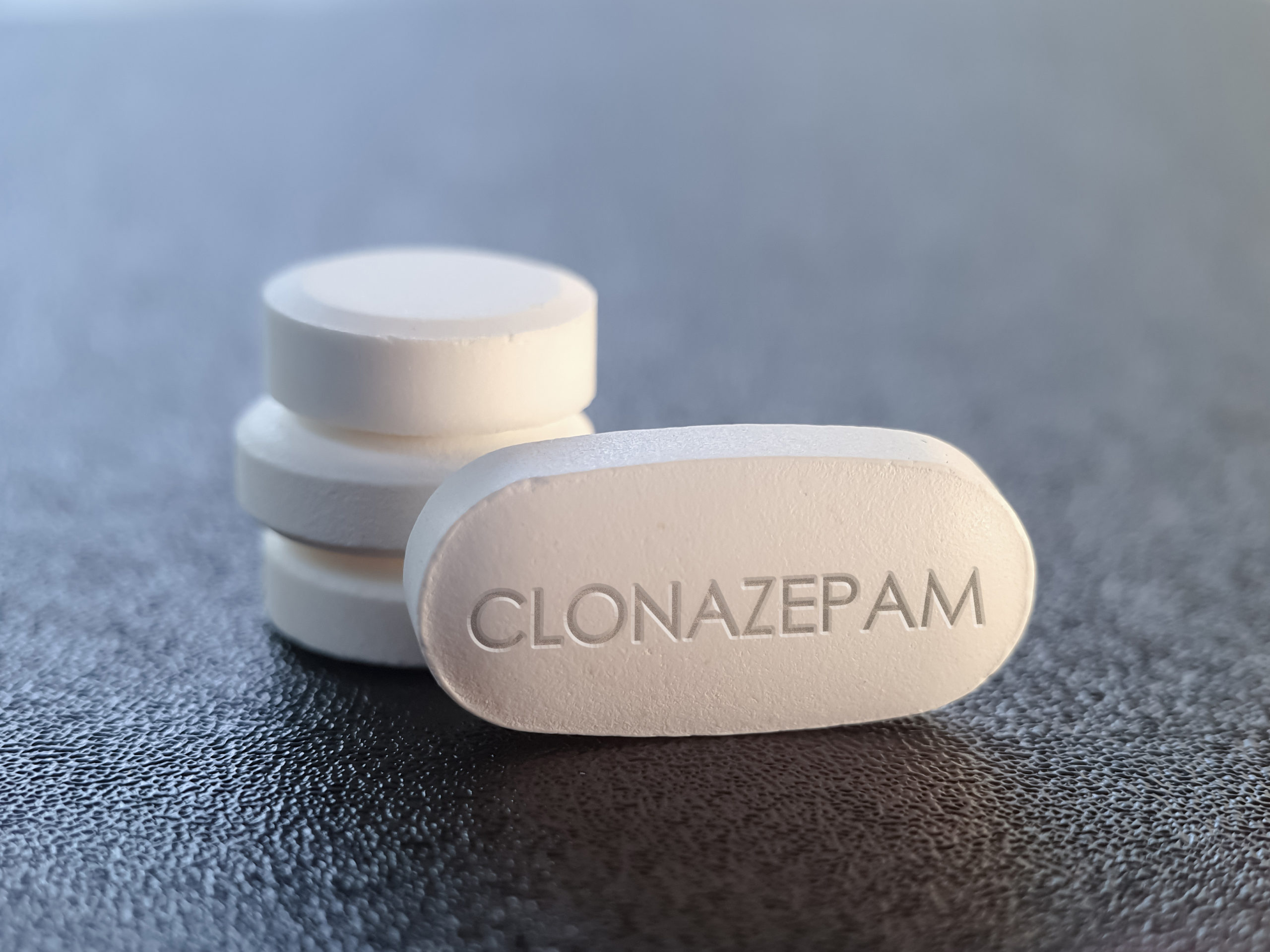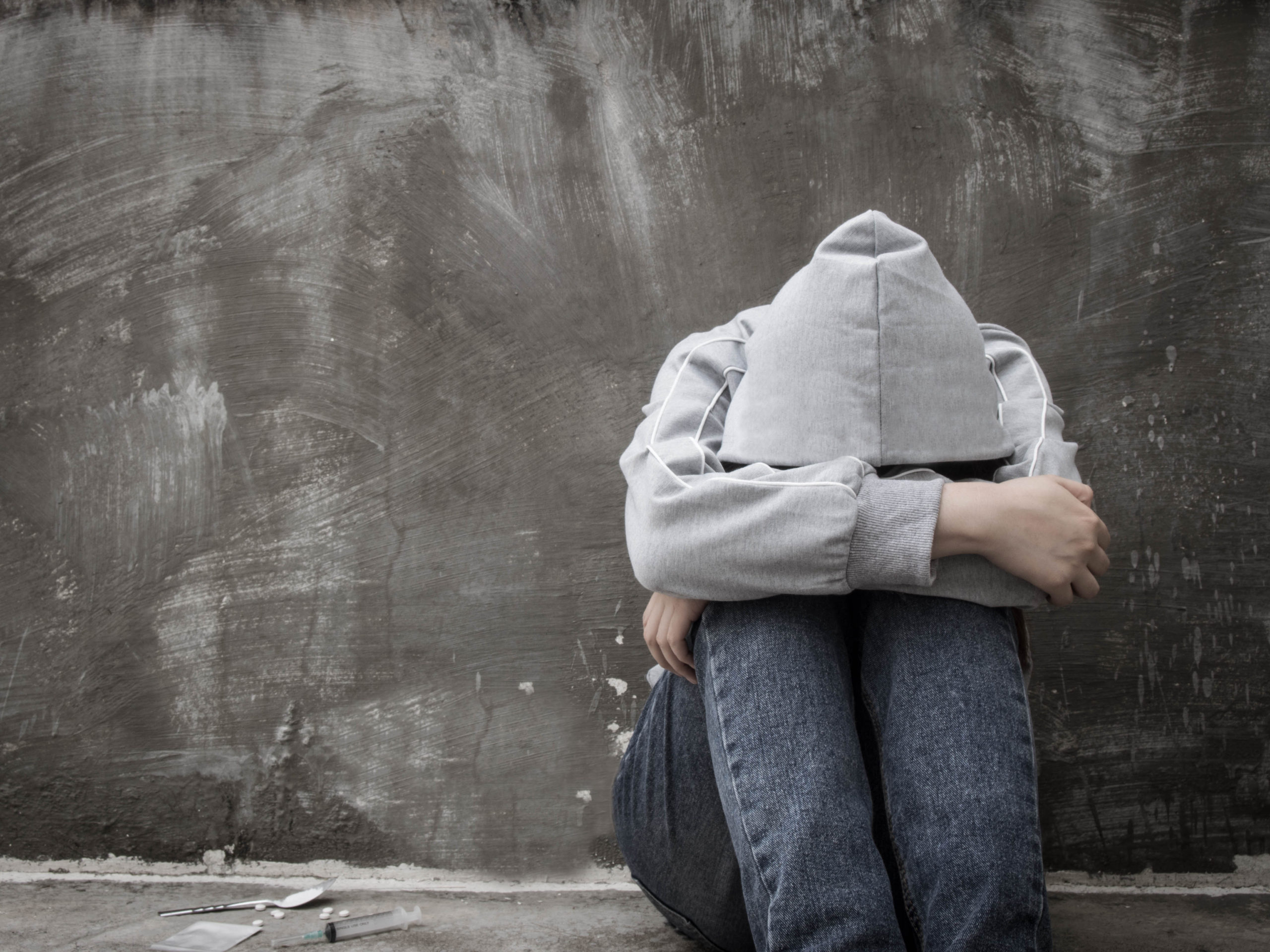Methamphetamines are a class of stimulants that have the potential to be dangerous. Some methamphetamines, such as Desoxyn, are prescribed by doctors to treat a variety of issues, including ADHD. Methamphetamines are closely related to amphetamines, including drugs such as Adderall and Dexedrine. However, methamphetamines run an even higher risk of being abused and include illicit substances, such as crystal meth.
If you or your loved one are using meth and are ready to get help, consider Indah Recovery in Southern California. Our Orange County, CA, campus can help you get healthy and feeling better with our innovative therapeutic treatment.
Contact our 24-hour helpline today to see how we can support your meth detox and treatment.
What is Meth?
Methamphetamines are an illegal stimulant. This substance directly impacts the central nervous system and speeds up systems in the body. It can be ingested, injected, smoked, or snorted. The way that it enters the body can cause multiple health-related problems directly related to intake. Repeated, or chronic, use of meth can lead to dependence, tolerance, sensitivity, and addiction.
Individuals dependent and tolerant of methamphetamines mean that the individual needs to use the drug and must take more to achieve the same level of high they initially had. This can lead to dangerous amounts of meth being consumed and can lead to overdose.
When an individual develops a sensitivity to meth, it means that the body starts to develop negative side effects when using. For example, individuals may start to experience hallucinations or paranoia based on chronic and problematic use.
Finally, meth use can lead to addiction. Meth addiction is pervasive and impacts every part of an individual’s life.
What are the Signs of Meth Use?
Individuals who use methamphetamines can experience both short-term and long-term signs of use. These signs can vary from person to person and are based on how much an individual uses. Addiction can cause additional symptoms related to cravings, withdrawal symptoms, and increased risk.
Short-term symptoms of methamphetamine use often include:
- increased wakefulness and physical activity
- decreased appetite
- faster breathing
- rapid and irregular heartbeat
- increased blood pressure and body temperature
Long-term signs of meth use can show more extreme symptoms because of the amount of drugs in the system or the stress on the body that comes with amphetamine use.
- extreme weight loss
- addiction
- severe dental problems (“meth mouth”)
- intense itching, leading to skin sores from scratching
- anxiety
- changes in brain structure and function
- confusion
- memory loss
- sleeping problems
- violent behavior
- paranoia—extreme and unreasonable distrust of others
- hallucinations—sensations and images that seem real though they aren’t
While these symptoms are not guaranteed, they are common in many users and addicts. These common signs of use are evident while a person is actively using methamphetamines. If individuals stop using meth, it will cause possibly severe withdrawal symptoms.
Can Meth Cause Withdrawal Symptoms?
Stopping using meth can cause extreme withdrawal symptoms. When stimulants impact the body, they cause an increase or speed up of bodily functions. When an individual stops using meth, their body must learn to normalize the slower functioning. While this is positive long-term, it can be a complicated process in regards to short-term symptoms.
Methamphetamine withdrawal begins within the first 24 hours of stopping use. The acute phase, which individuals are most familiar with, lasts for 7-10 days, while longer-lasting symptoms can last for an additional two weeks. Finally, because methamphetamines can have a lifelong impact on the body, some withdrawal symptoms and side effects may never end or require much longer to regulate.
The most common withdrawal symptoms of meth include:
- mild paranoid
- red or itchy eyes
- sleep difficulties
- lack of motivation
- lack of energy
- decreased sexual pleasure
- increased appetite
- cravings for methamphetamines
- suicidal thoughts
While this list is not exhaustive, it does cover the basics and demonstrates the need for proper detoxification strategies when withdrawing from meth. Individuals should be medically monitored throughout methamphetamine detox. Many of these common symptoms can be minimized with proper medication and treatment.
If you believe that you or your loved one are ready to make a change and stop using meth, contact Indah Recovery today. Our expert medical professionals are ready to support you through every step of the treatment process.
What are the Signs You Need Meth Detox?
Individuals who are using methamphetamines should seek detox and addiction treatment. Stimulants like meth are as dangerous from the first hit as the 100th. Individuals who regularly use meth demonstrate problematic use, and those with an addiction should seek treatment to detox from methamphetamines.
Finding a Meth Detox Center in Orange County, CA
Indah Recovery is a leading detox center in Orange County, CA. Individuals who are trying to detox from meth should consider our innovative and supportive detox and treatment program. On our luxury campus, clients can access holistic treatment that focuses on improving their mental, physical, and emotional health.
Check out our innovative therapies and addiction treatments today!






